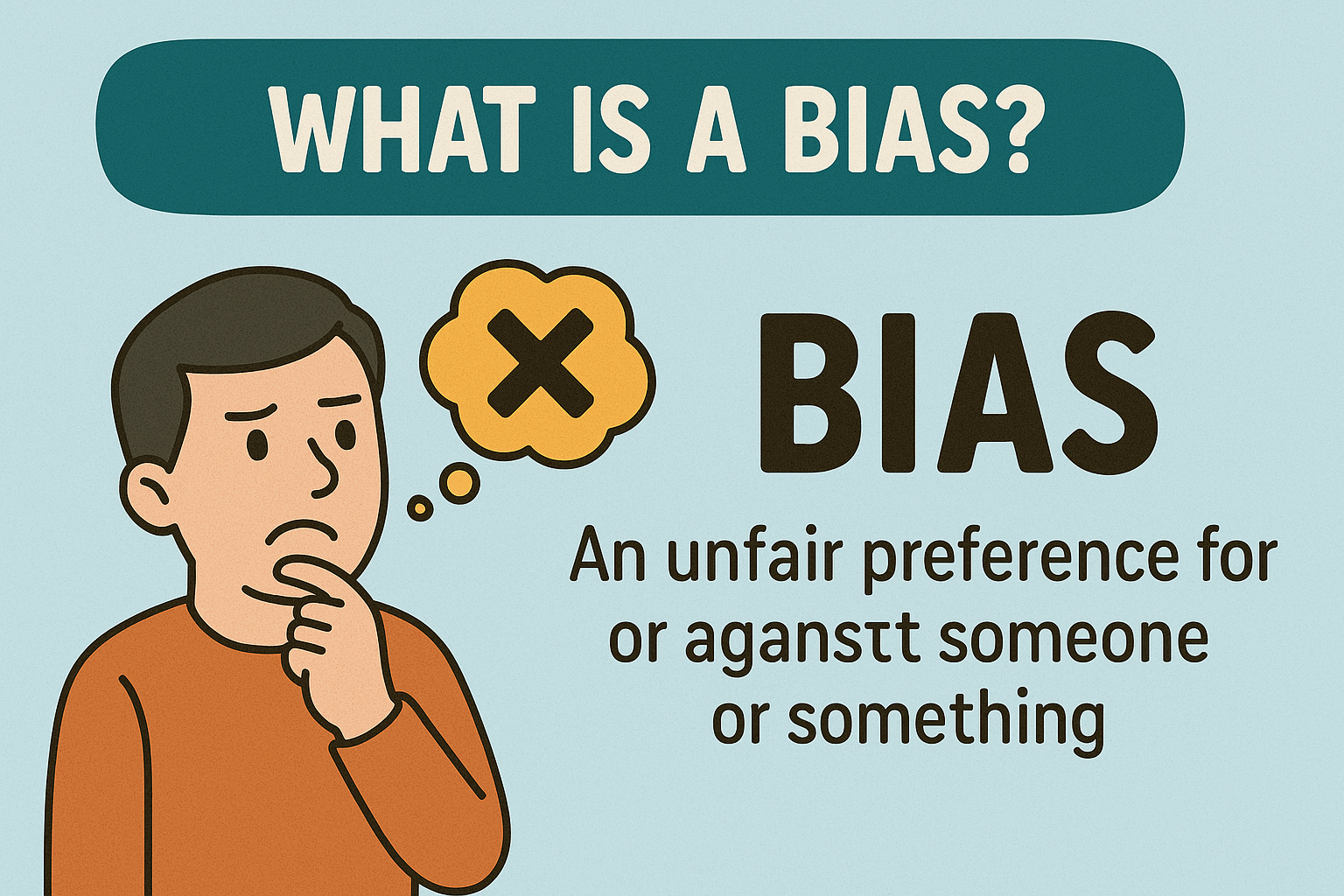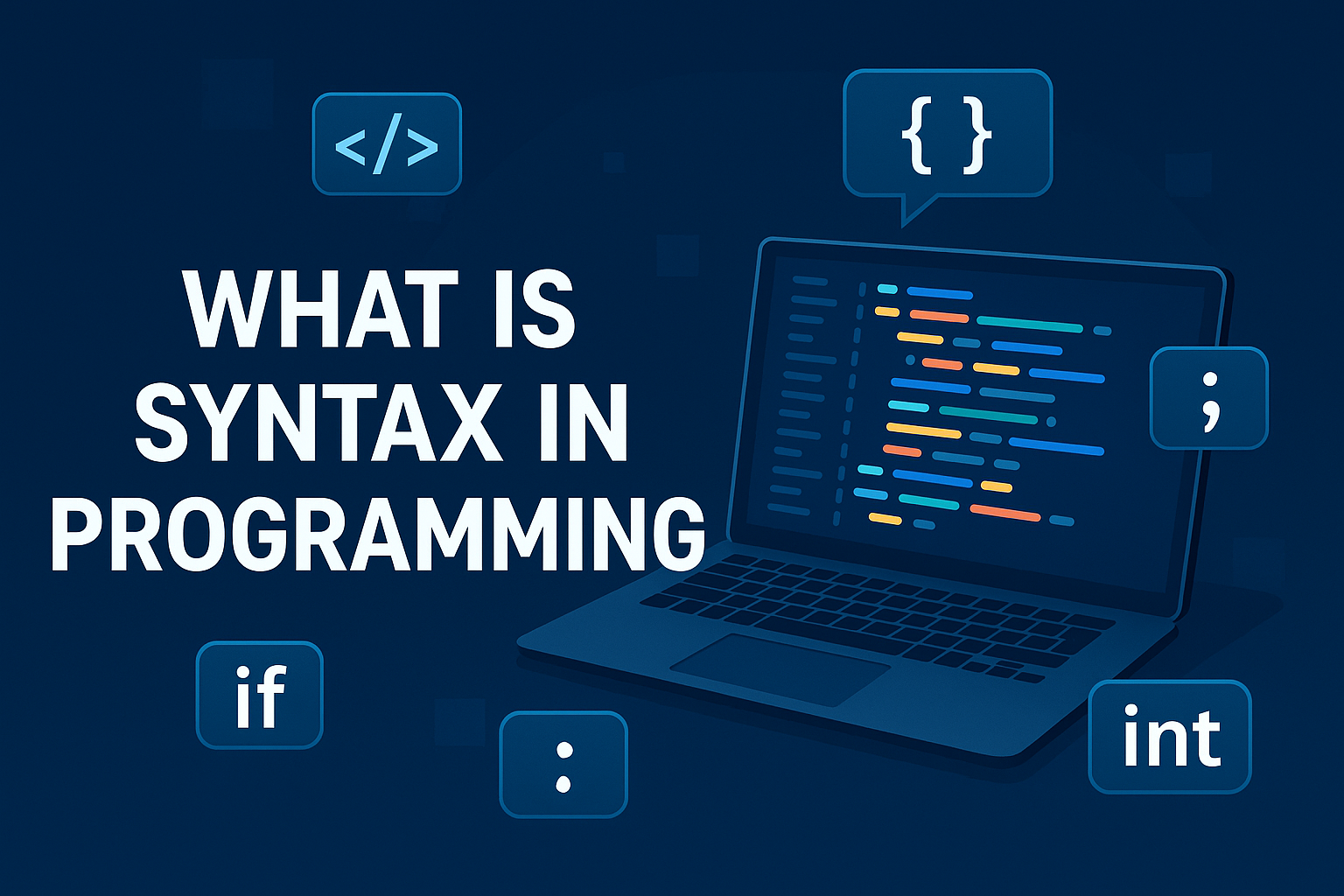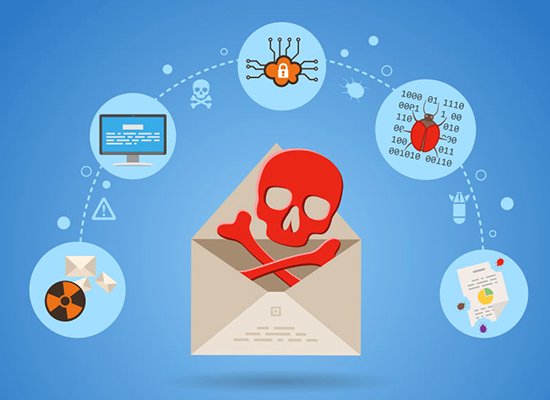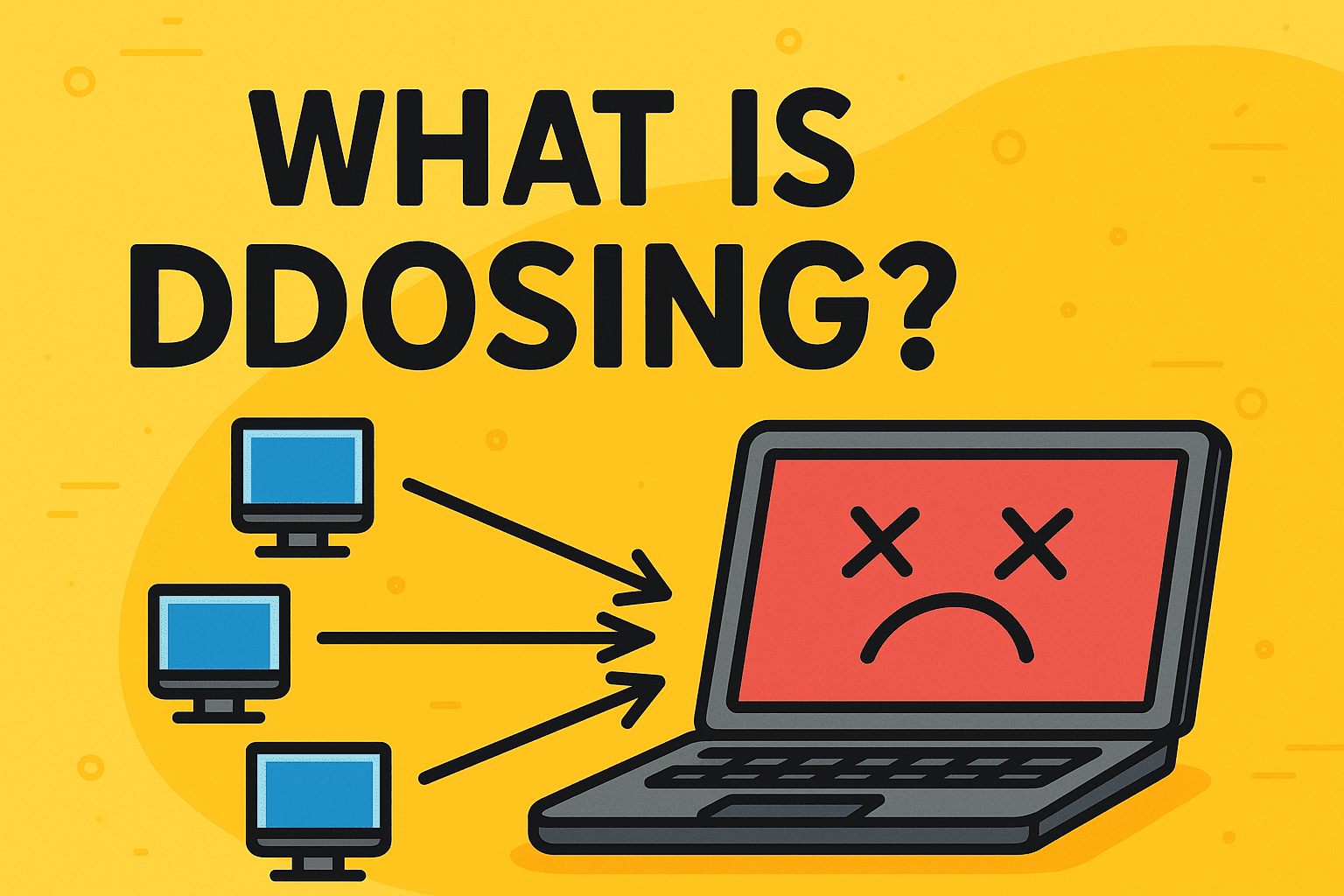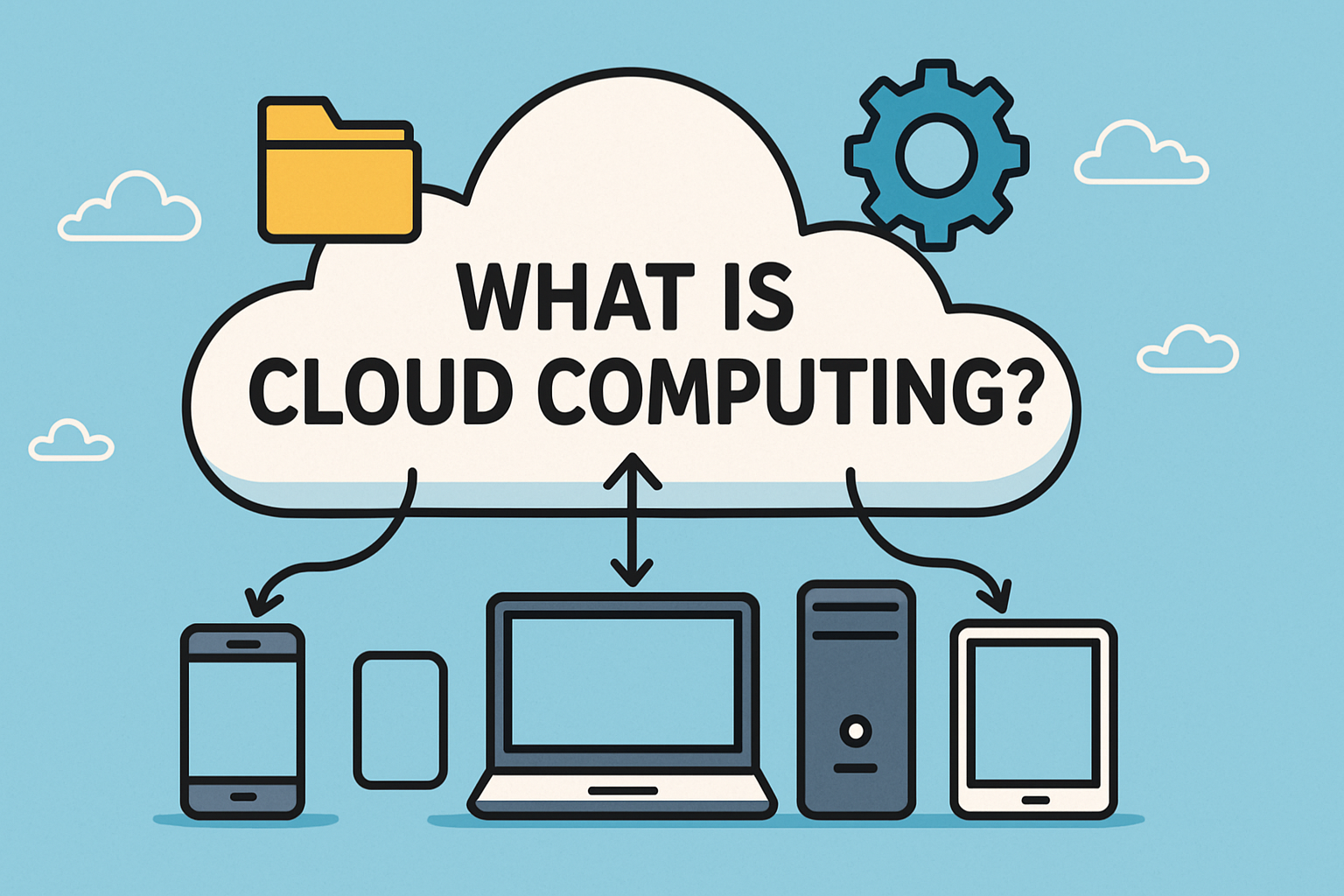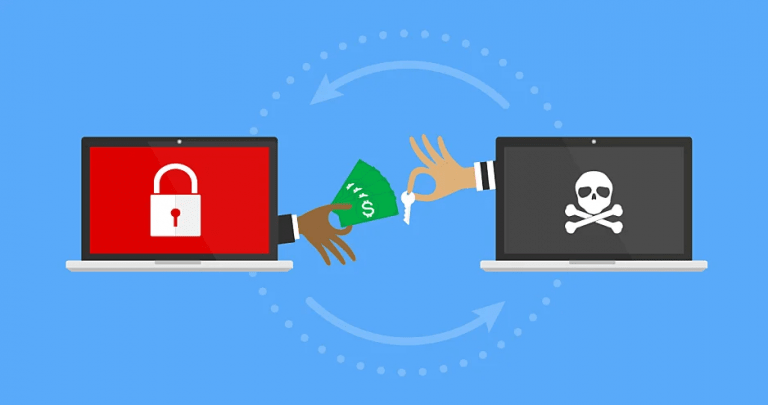What Does SAP Stand For? Unpacking the Meaning and Power of SAP Software
Updated on June 23, 2025, by Xcitium
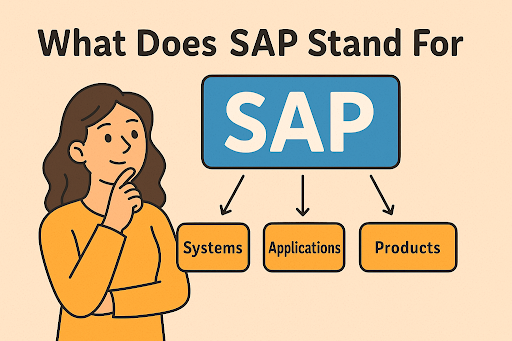
Have you ever wondered what does SAP stand for when you hear it tossed around in tech conversations? SAP is more than just an acronym—it’s a backbone for enterprise operations worldwide. Whether you’re managing inventory, finances, or customer relationships, chances are, SAP has a solution for that.
In this guide, we’ll break down the SAP definition, its core components, real-world uses, and why it matters for cybersecurity and IT leadership
SAP Definition: What Is SAP?
SAP stands for Systems, Applications, and Products in Data Processing. It is a German-based multinational company that provides enterprise software to manage business operations and customer relations.
SAP Meaning in Business Terms
SAP integrates various business functions like accounting, HR, supply chain, and CRM into one unified system. This enables seamless data sharing and smarter decision-making.
A Brief History of SAP
- Founded in 1972 by five former IBM engineers
- Originally named “Systemanalyse und Programmentwicklung”
- First product: SAP R/1 for mainframe systems
- Today: Powers 77% of global transaction revenue
From humble beginnings to becoming a global leader, SAP software has continually evolved to serve modern digital needs.
How Does SAP Work? Understanding the Program
The SAP program operates on an integrated software architecture. It enables different modules to communicate via a centralized database. Here’s how:
Core SAP Modules:
- SAP ERP: Enterprise Resource Planning (finance, HR, procurement)
- SAP CRM: Customer Relationship Management
- SAP SCM: Supply Chain Management
- SAP BW: Business Warehouse for analytics
- SAP HANA: High-performance analytics engine
These modules function together, giving organizations real-time visibility and operational control.
Common SAP Software Examples
Real-World Uses:
- Finance: Automate payroll, billing, and audits
- Manufacturing: Track inventory and manage production lines
- Sales: Analyze customer data to improve service
- Logistics: Coordinate warehousing and shipping
Even the SAP Center in San Jose, California—home of the NHL’s San Jose Sharks—symbolizes the brand’s wide recognition and prestige.
Benefits of SAP Systems for Business & IT
Key Advantages:
- Data Centralization: Break down data silos
- Real-Time Reporting: Get insights on demand
- Compliance & Risk Management: Built-in audit tools
- Enhanced Productivity: Automate repetitive tasks
SAP tools not only streamline internal workflows but also improve customer experiences.
SAP and Cybersecurity: What IT Leaders Must Know
Security is a non-negotiable in today’s digital era. SAP systems process vast amounts of sensitive data, making them high-priority targets.
SAP Support for Cybersecurity:
- Role-based access controls
- Secure coding practices
- Integration with SIEM platforms
- Regular patch updates and compliance tools
IT managers should work closely with SAP support teams to ensure robust defense mechanisms.
Future of SAP: Cloud and AI
SAP is transitioning its core offerings to cloud-based platforms like SAP S/4HANA Cloud and incorporating AI-driven analytics for smart business decisions.
Innovations to Watch:
- AI-powered forecasting tools
- Cloud-native application integrations
- IoT compatibility for supply chain visibility
FAQ: What Does SAP Stand For?
1. What does SAP stand for?
SAP means Systems, Applications, and Products in Data Processing.
2. What is SAP software used for?
It’s used to manage business operations like finance, logistics, HR, and customer relations.
3. Is SAP a program or a system?
It’s both—a modular ERP system with software programs tailored for specific business functions.
4. Who uses SAP?
Companies across sectors including retail, finance, healthcare, manufacturing, and government.
5. What is SAP support?
It includes technical help, updates, troubleshooting, and performance optimization for SAP systems.
Final Thoughts
So, what does SAP stand for? It stands for much more than just an acronym—it represents a world-leading solution for integrated, intelligent business management.
If you’re looking to harness the power of SAP tools while ensuring robust cybersecurity and operational efficiency, now is the perfect time to explore enterprise solutions.
👉 Request a demo today and see how SAP integration with secure IT systems can future-proof your enterprise.





